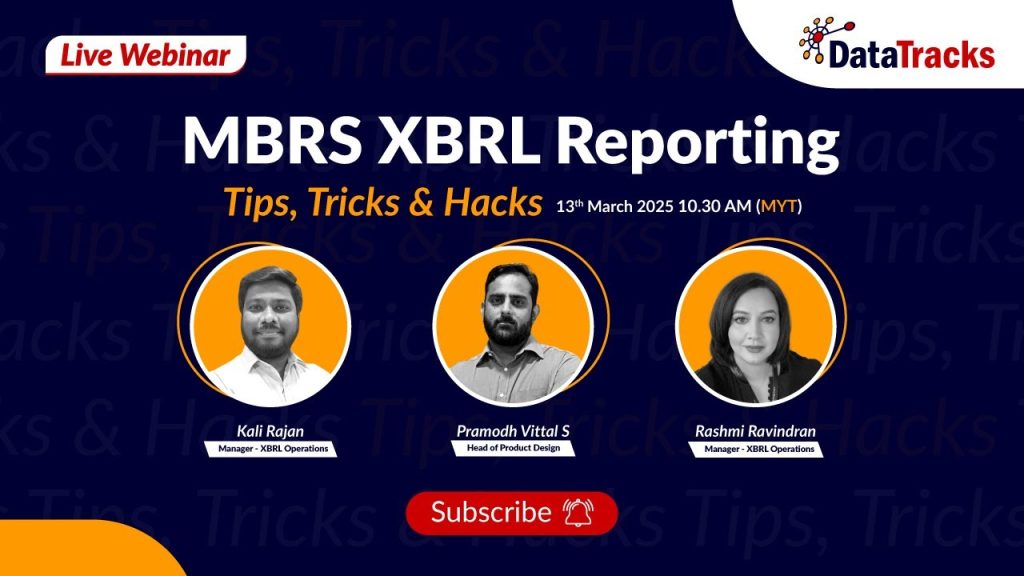EDGAR Next
EDGAR Next
EDGAR Next: Modernizing SEC Filings
The U.S. Securities and Exchange Commission (SEC) has launched “EDGAR Next,” a significant overhaul of its Electronic Data Gathering, Analysis, and Retrieval (EDGAR) system. This initiative aims to modernize the filing process, dramatically enhance security, and improve filers’ ability to manage their accounts. All entities and individuals with filing obligations to the SEC are impacted and must transition to EDGAR Next.
Key Objectives
- Enhance Security: Implement stronger authentication, including multi-factor authentication (MFA) and role-based account management.
- Improve Access & Transparency: Simplify the process for entities to manage their filing access and track filings in real-time.
- Modernize Technology: Update the legacy EDGAR platform to support a more flexible, scalable, and user-friendly interface.
Major Changes
Filer Management
- Introduction of individual user accounts (linked to organizations).
- Role-based permissions: Assign users specific roles (e.g., filing agent, administrator).
- Account administrators can manage users and permissions within their organization.
Login and Authentication
- Replacement of shared CIK/passwords with secure login credentials.
- Use of Login.gov for identity verification and access management.
Interface & Filing Experience
- Enhanced interface for uploading, reviewing, and managing filings.
- Dashboards for real-time filing status and notifications.
Compliance & Auditing
- Improved audit trails and logging to help organizations monitor filing activities.
Important Dates and Transition
- March 24, 2025: EDGAR Next went live, and enrollment opened for existing filers.
- September 15, 2025: Compliance with EDGAR Next becomes mandatory for all filers. Existing filers who have not enrolled by this date will be unable to make EDGAR filings until they complete the enrollment process.
- December 19, 2025: Final deadline to enroll in EDGAR Next for existing filers. After this date, unenrolled filers will need to submit a new Form ID application to regain access.
Implications for Filers
- Preparation Required: Filers must set up new user accounts, designate admins, and adopt new processes.
- Training & Transition: Organizations should prepare staff for new workflows and security protocols.
To enroll in EDGAR Next, contact us here.
Download our step-by-step guide to enroll with EDGAR Next.
Featured Content
What are SEC filings, and why are they important?
The U.S. Securities and Exchange Commission (SEC) is an independent federal government regulatory agency responsible for safeguarding investors, maintaining fair and orderly functioning of the securities markets, and facilitating capital formation.
SEC filings are essential regulatory documents required of all public companies to provide critical information to investors or potential investors.
SEC filings delivered through EDGAR offer transparency and crucial information for individual and institutional investors, analysts & researchers, and regulators.
Their prominence lies in empowering investors to make informed decisions, identify potential risks, and seize opportunities in the investment landscape.
What are the different types of SEC filings?
SEC filings offer investors crucial information about a company’s financial performance, business plans, and risk factors.
- Annual reports (Form 10-K)
- Quarterly reports (Form 10-Q)
- (Form 8-K) – An 8-K is a report of unscheduled material events
- Proxy statements (Form DEF 14A)
- Registration statements (Form S-1, Form S-3, etc.)
- Foreign Private Issuers with listed equity shares on exchanges in the US to file 20-F annually
- Canadian Companies listed in the US to file 40-F annually
- Other filings, such as 488BPOS, Form 497 for mutual funds
Which format is required for SEC filings?
The SEC requires all public companies to file their annual reports and proxy statements in iXBRL format. Quarterly reports and other filings can be filed in HTML or XBRL format, but iXBRL is preferred.
Who is required to use the US GAAP or IFRS Taxonomy for SEC filings?
All publicly traded companies in the United States are required to file their financial statements with the SEC in iXBRL format. This means that these companies must tag their financial statements with the US GAAP Taxonomy.
Foreign private issuers (FPIs) that are listed on US stock exchanges are also required to file their financial statements with the SEC in iXBRL format. However, FPIs are not required to use the US GAAP Taxonomy. They can instead tag their financial statements with the IFRS Taxonomy or another XBRL taxonomy that is approved by the SEC.
How can DataTracks help me to file SEC reports in iXBRL format?
DataTracks offers a cloud-based solution called DataTracks Rainbow that can help you prepare and file your SEC reports in iXBRL format.
With DataTracks Rainbow, streamline your SEC reporting process effortlessly, collaborate and prepare error-free compliance reports under various disclosure requirements.
DataTracks Rainbow automates the process of tagging your financial data with XBRL tags, and it also provides a variety of tools to help you review and edit your reports before you file them.













